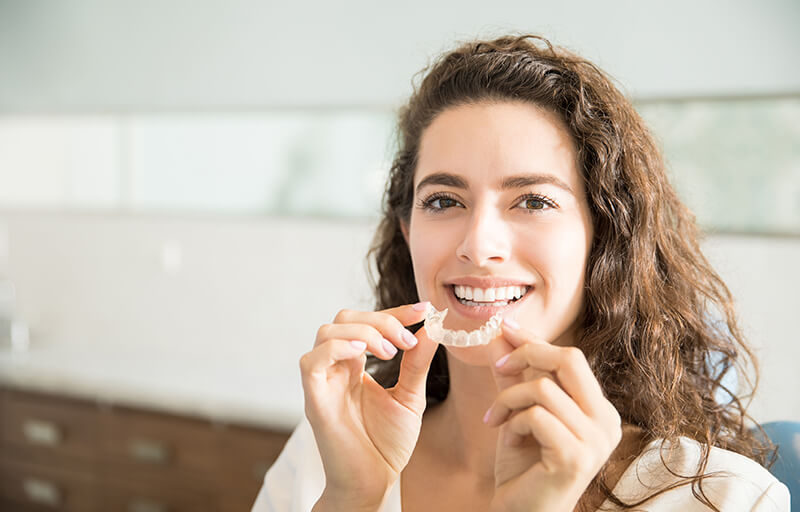Crooked Teeth: Cause and Treatment
What’s the first thing you notice about a person’s smile? That question was asked recently as part of a survey by the American Academy of Cosmetic Dentistry—and the most frequent response was “straightness.” That helps explain why it may be hard to smile with confidence when your teeth are crooked… and why orthodontic treatment is generally considered a wise investment that can pay off big in terms of self-confidence in social and professional situations.
Causes
The technical term for crooked teeth is “maloclussion” (“mal” = bad, “occlusion” = bite). Malocclusions usually become evident around age 7, when a child has a mixture of baby teeth and permanent teeth. At this point, it’s possible to see, for example, whether crowding is likely to result because the jaws aren’t large enough to accommodate the growing teeth—a problem that is often inherited. If the jaw doesn’t have enough room, those newly erupting teeth will push into each other, throwing off the bite.
Other common orthodontic problems are caused by detrimental habits, such as thumb sucking. A thumb exerting pressure on the teeth and jaws over time can cause a maloclussion known as an “open bite,” where the upper and lower front teeth don’t meet when the mouth is closed. Another cause of maloclussions is the premature loss of baby teeth due to decay or injury. If a baby tooth is shed prematurely, the permanent tooth beneath it may not be guided into proper position; instead, it may come in crooked.
Treatment
Crooked teeth that are otherwise healthy can be straightened at any age with orthodontics (“ortho” = straighten, “don’t” = tooth). Orthodontists, the dentists who practice this specialty, use appliances such as braces to apply gentle, controlled forces to the teeth to move them into better alignment. If orthodontic problems are caught early, an orthodontist may use other appliances that take advantage of the rapid growth that occurs just before puberty. For example, a device called a palatal expander can be used to gently create more space for emerging permanent teeth.
Adult orthodontic treatment is now more popular than ever; presently, around one in five orthodontic patients is an adult. There are several types of orthodontic appliances that are particularly suited to adults. For example, Invisalign clear aligners allow adults (and older teens) a more discreet form of orthodontic treatment. Invisalign treatment can sometimes be performed by a general dentist who has received the required training.
Orthodontic treatment times can vary, but usually fall within the range of six months to three years. After initial treatment, no matter which type of appliance was used, it is crucial to wear retainers as directed. Retainers help hold your teeth in their new positions, and prevent them from moving back into their old arrangement. After all, you wouldn’t want your effort and investment in a beautiful smile to be wasted.
Straightened teeth have other benefits besides making your smile look great. Some people find that their teeth become easier to clean after orthodontic treatment because floss can now fit between them; cleaning your teeth effectively is your main defense against tooth decay and gum disease. Better tooth alignment can also prevent individual teeth from being subjected to more than their share of biting force, which could cause them to wear unevenly or be moved out of alignment. A well-aligned bite will distribute these forces evenly, and may even prevent jaw pain and headaches in the process. Whatever your reasons for fixing crooked teeth, you will no doubt be glad you did!

 Login
Login